Neuropsychologist Elena Muñoz answers the remaining questions from her talk on transcranial magnetic stimulation in neuropsychological rehabilitation given at NeuronUP Academy.
Before providing the answers to your questions, we at NeuronUP would like to thank Elena Muñoz once again for her willingness and ease in delivering the training and answering the outstanding questions.
Questions about the talk on transcranial magnetic stimulation in neuropsychological rehabilitation
1. How do you measure hyperactivity of a hemisphere?
Hyperactivity of the intact hemisphere after injury can be measured in different ways, using various neuroimaging techniques (mainly functional magnetic resonance imaging), electrophysiological techniques (such as EEG), and with paired-pulse TMS measures. You can read more about this in the references attached to question 7.
2. What is the difference between neurofeedback and transcranial magnetic stimulation?
They are not related. Neurofeedback, based on biofeedback, is a technique in which the patient attempts to modify their own EEG recording, while TMS is an “external” neuromodulation technique, that is, a magnetic field is generated that induces an electrical current in the brain, modifying its activity.
Neurofeedback is being used for various disorders nowadays, for example in children with ADHD. On the Fundación CADH website you can see a brief explanation of the technique: https://www.fundacioncadah.org/web/articulo/neurofeedback-que-es-en-que-consiste-es-eficaz-para-tratar-el-tdah.html
3. When do you decide to use this technique? Generally when conventional treatment fails, for example pharmacological treatment?
You don’t have to wait for other treatments to fail. In my opinion it would be advisable to start treatments in parallel, although I do not like to use TMS with acute patients; I prefer subacute or chronic stages.
4. How much can a TMS system and a transcranial electrical stimulation system cost?
The cost of TMS is around 60,000 euros and tDCS between 5,000 and 15,000 depending on the model and the features it offers.
5. Has this technique been applied in people with intellectual disabilities? Could it be beneficial (always considering the specific case)?
Yes, it could be beneficial, and in fact some very interesting work is being done in autism.
6. I would like to know what your recommendations would be for a person who wants to start working with this method. What design would you recommend (if there are different manufacturers of the device)? What shape and orientation would you recommend for the coil (round, figure-of-eight, conical, etc.)?
We work with the MagstimSuperRapid2 and with figure-of-eight coils and it works very well for us, honestly.
7. Could you send us scientific articles for this technique?
Below I attach several interesting articles on TMS and tDCS (the two noninvasive brain stimulation techniques)
- Koch et al. 2013_The hyperexcitability of the left intact hemisphere in neglect
- Lefacheur et al. 2014_Evidence based guidelines rTMS
- Lefacheur et al. 2017_Evidence based guidelines tDCS
- Pascual-Leone and Tormos_2008_Transcranial magnetic stimulation_Fundamentals
- Schulz, Gerloff & Hummel_2013_Non-invasive brain stimulation in neurological diseases
Watch the presentation on transcranial magnetic stimulation in neuropsychological rehabilitation again
If you want to watch the talk on-demand it is available exclusively on NeuronUP.
If you liked this article about the outstanding questions from the talk “Transcranial magnetic stimulation in neuropsychological rehabilitation” by Elena Muñoz, you might also be interested in:
“This article has been translated. Link to the original article in Spanish:”
La Dra. Elena Muñoz responde a las dudas de su ponencia sobre la estimulación magnética transcraneal en la rehabilitación neuropsicológica
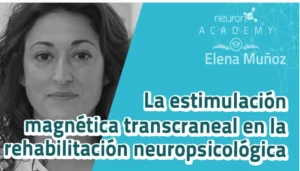

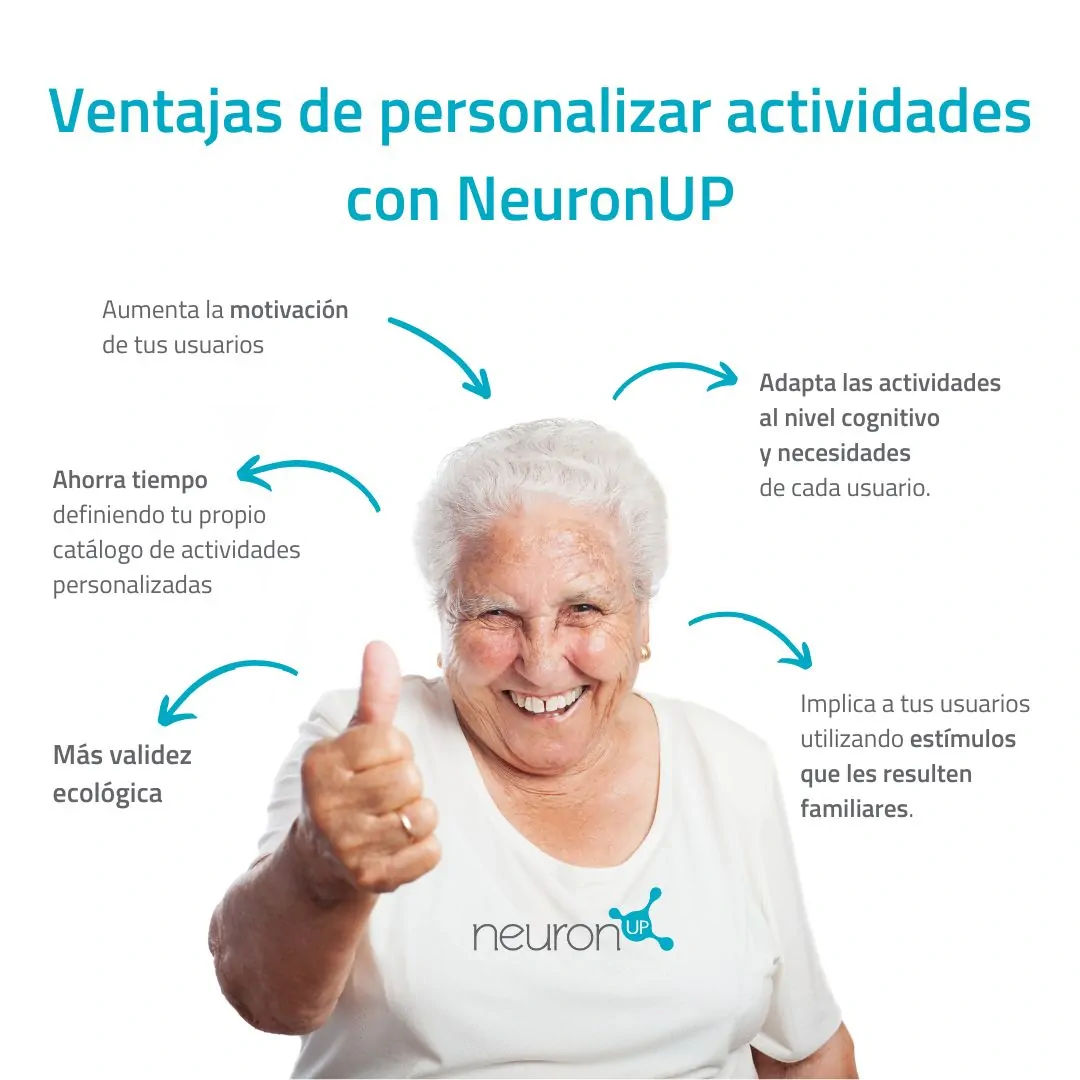
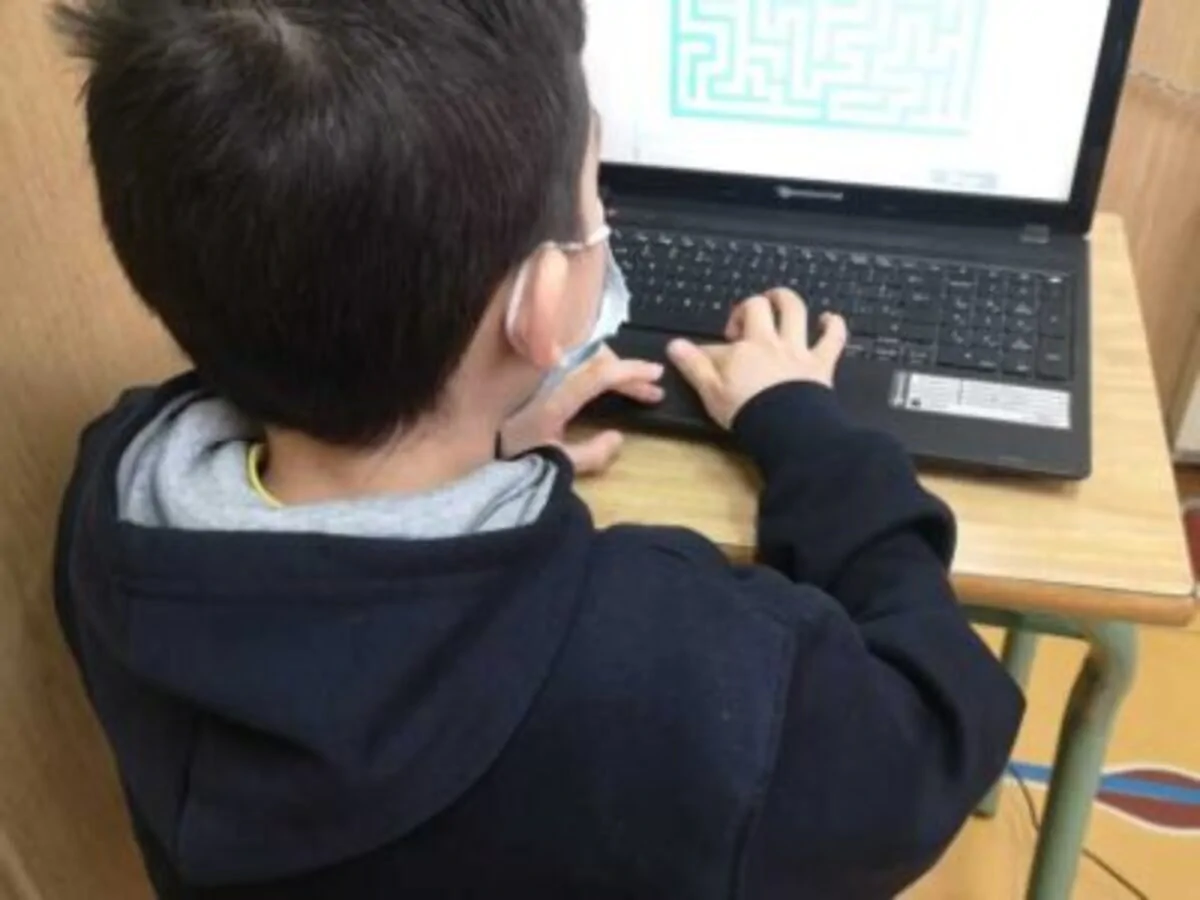

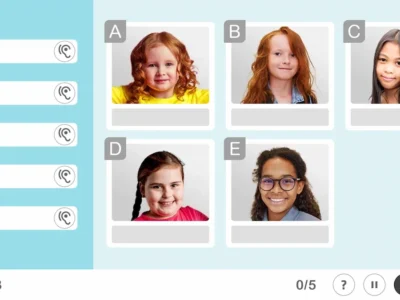
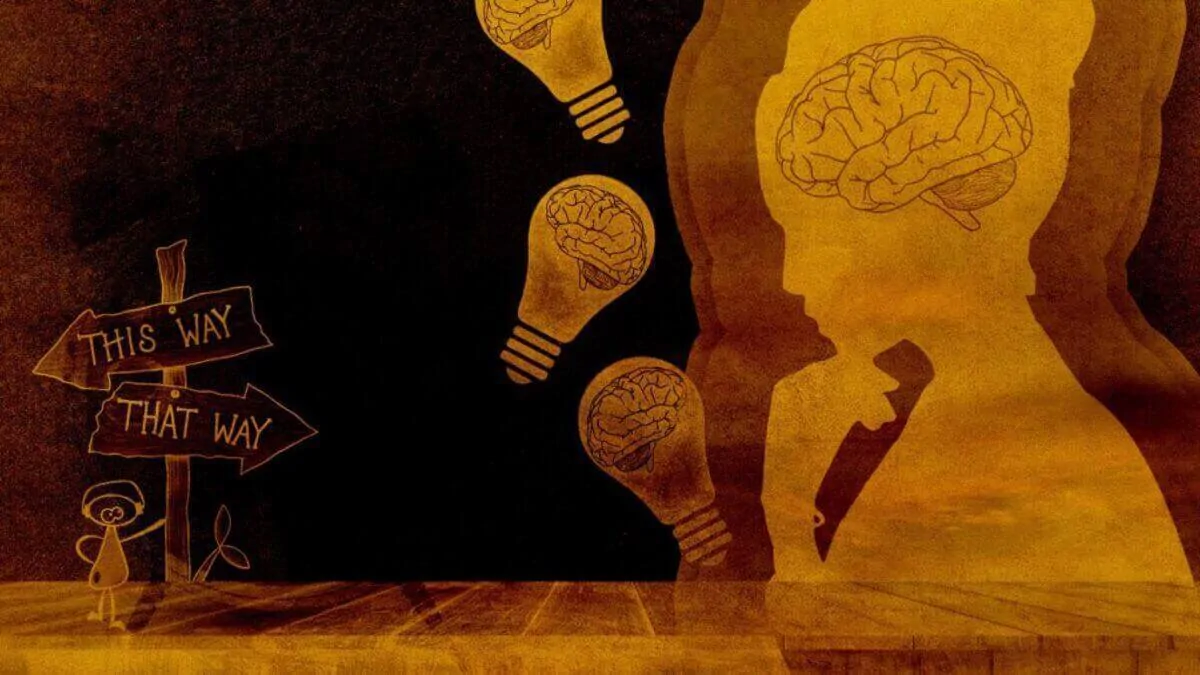

Leave a Reply